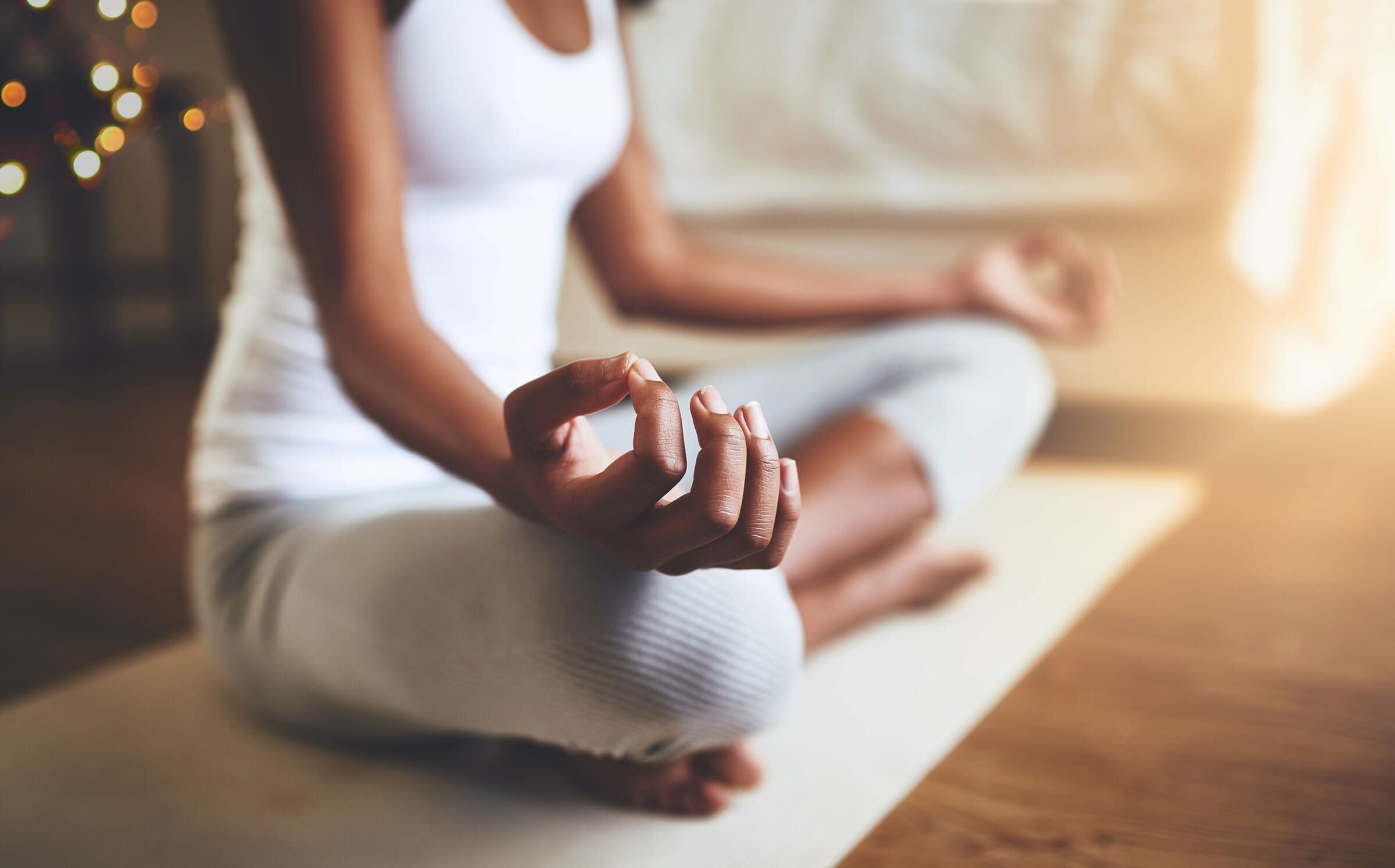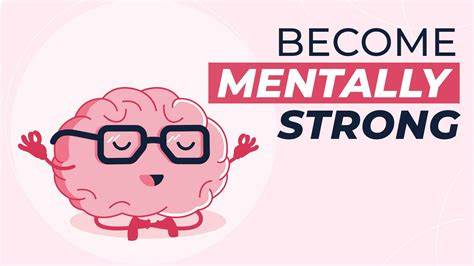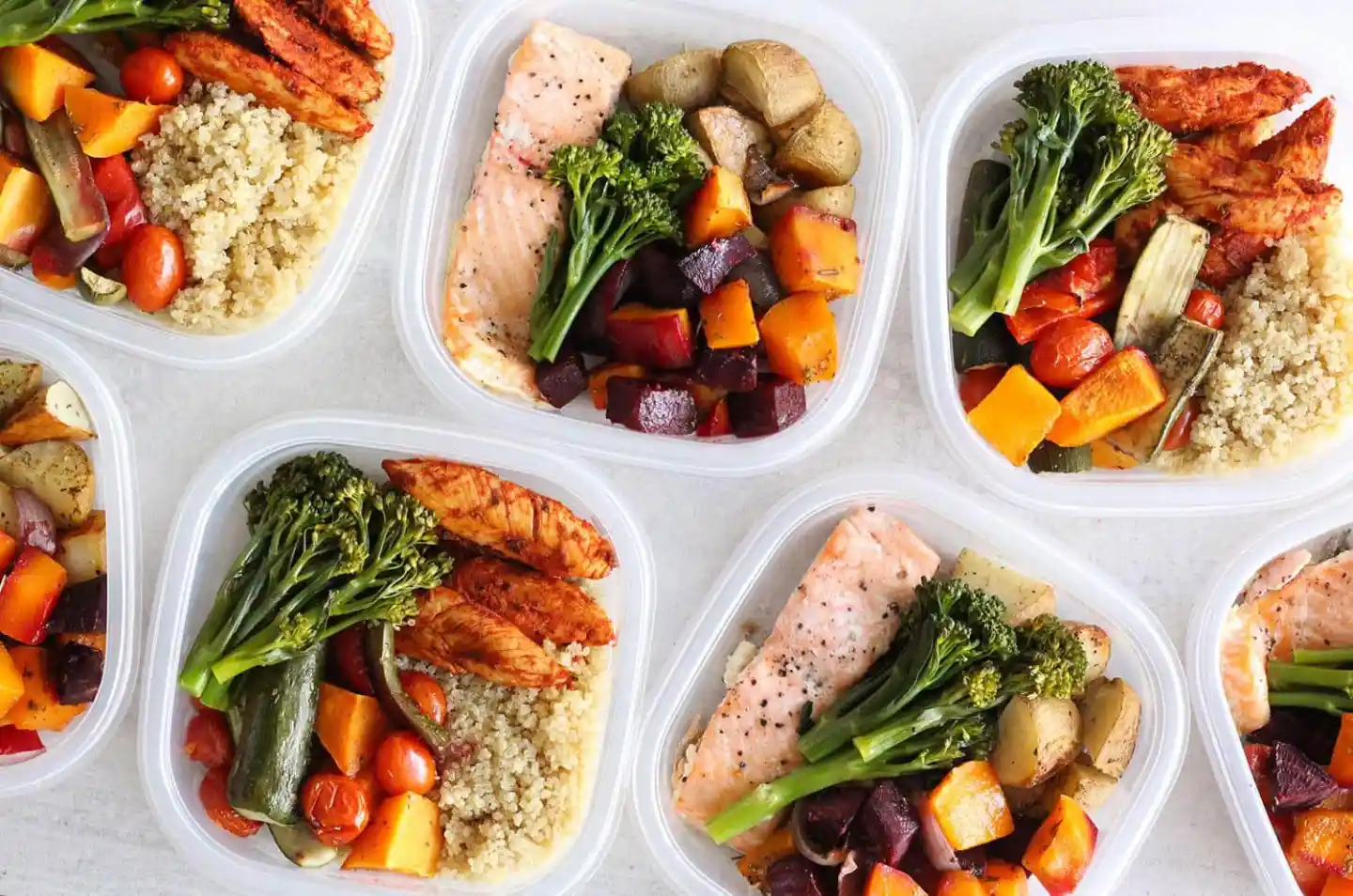Reducing body weight is a journey that involves a combination of dietary adjustments, increased physical activity, and sustainable lifestyle changes. It’s not just about shedding pounds quickly; it’s about building habits that lead to lasting health benefits. This guide outlines the key steps and strategies to help you achieve your weight reduction goals safely and effectively.
Understanding the Basics of Weight Loss
At its core, weight loss (or weight reduction) is about achieving a calorie deficit. This means consistently consuming fewer calories than your body burns each day. Your body requires a certain amount of energy (calories) to perform basic functions (like breathing, blood circulation, and maintaining body temperature), known as your Basal Metabolic Rate (BMR), plus additional calories for physical activity.
- Calorie Deficit: If you consume 500 fewer calories per day than your body burns, you can expect to lose approximately 1 pound (0.45 kg) of fat per week, as 3,500 calories roughly equate to 1 pound of fat.
- Sustainability: Rapid weight loss can often be unsustainable and lead to nutrient deficiencies or muscle loss. A healthy and sustainable rate of weight reduction is typically 1-2 pounds (0.45-0.9 kg) per week.
Step 1: Assess Your Current Situation and Set Realistic Goals
Before making any changes, understand your current health status and define clear, achievable goals.
- Consult a Healthcare Professional:
- Why it’s important: Before embarking on any weight loss journey, especially if you have underlying health conditions, consult your doctor or a registered dietitian. They can provide personalized advice, assess your current health, identify any potential risks, and help determine a safe and appropriate weight reduction plan for you.
- They can also help you understand your Body Mass Index (BMI), which is a measure of body fat based on height and weight. While BMI has limitations, it provides a general indicator of healthy weight ranges.
- Determine Your Basal Metabolic Rate (BMR) and Total Daily Energy Expenditure (TDEE):
- Your BMR is the number of calories your body needs to function at rest. Online calculators can estimate this using your age, gender, height, and weight (e.g., Mifflin-St Jeor equation).
- Your TDEE includes your BMR plus the calories burned through physical activity. Understanding your TDEE helps you determine the appropriate calorie deficit.
- Set SMART Goals:
- Goals should be Specific, Measurable, Achievable, Relevant, and Time-bound.
- Instead of “I want to lose weight,” try “I will lose 10 pounds in 10 weeks by reducing my daily calorie intake by 500 calories and exercising 3 times a week.”
Step 2: Make Sustainable Dietary Changes
Nutrition is the cornerstone of weight reduction. Focus on nutrient-dense foods and mindful eating habits.
- Prioritize Whole, Unprocessed Foods:
- Focus on: Fruits, vegetables, lean proteins (chicken, fish, beans, lentils), whole grains (oats, brown rice, quinoa), and healthy fats (avocado, nuts, seeds, olive oil). These foods are rich in nutrients, fiber, and protein, which promote satiety and keep you full longer.
- Limit: Highly processed foods, sugary drinks, excessive refined carbohydrates (white bread, pastries), and unhealthy trans fats. These often contain empty calories, contribute to sugar spikes, and promote fat storage.
- Control Portion Sizes:
- Even healthy foods can lead to weight gain if consumed in excess. Pay attention to recommended serving sizes.
- Use smaller plates, measure out servings (especially for calorie-dense foods like nuts or oils), and learn to recognize your body’s hunger and fullness cues.
- Increase Protein Intake:
- Protein is highly satiating and helps preserve muscle mass during weight loss. It also has a higher thermic effect of food (TEF), meaning your body burns more calories digesting protein than fats or carbohydrates.
- Include a source of lean protein at every meal: chicken breast, fish, eggs, Greek yogurt, tofu, lentils, beans.
- Boost Fiber Consumption:
- Fiber promotes fullness, aids digestion, and can help stabilize blood sugar levels.
- Found in fruits, vegetables, whole grains, legumes, and nuts. Aim for at least 25-30 grams of fiber per day.
- Stay Hydrated:
- Drink plenty of water throughout the day. Sometimes, thirst is mistaken for hunger.
- Drinking a glass of water before meals can also help you feel fuller and consume fewer calories. Avoid sugary beverages like soda and fruit juices, which contribute significant empty calories.
- Reduce Sugar and Refined Carbohydrates:
- Added sugars are a major culprit in weight gain. They offer little nutritional value and lead to blood sugar spikes and crashes, increasing cravings.
- Refined carbohydrates (white bread, pasta, sugary cereals) behave similarly to sugar in the body. Opt for whole-grain alternatives.
- Mindful Eating:
- Eat slowly, savor your food, and pay attention to your body’s signals. Avoid eating in front of screens. This allows your brain time to register fullness, preventing overeating.
Step 3: Incorporate Regular Physical Activity
While diet is paramount for weight loss, exercise complements it by burning calories, building muscle, and improving overall health.
- Combine Cardiovascular and Strength Training:
- Cardiovascular (Aerobic) Exercise: Activities like brisk walking, jogging, cycling, swimming, or dancing elevate your heart rate and burn calories. Aim for at least 150 minutes of moderate-intensity aerobic activity per week (e.g., 30 minutes, 5 times a week).
- Strength Training (Resistance Training): Lifting weights or using bodyweight exercises (e.g., squats, push-ups, planks) builds muscle mass. Muscle burns more calories at rest than fat, boosting your metabolism even when you’re not exercising. Aim for 2-3 strength training sessions per week.
- Increase Non-Exercise Activity Thermogenesis (NEAT):
- NEAT refers to the calories burned through daily activities that are not formal exercise (e.g., walking, fidgeting, standing, taking the stairs).
- Look for opportunities to move more throughout your day: take the stairs instead of the elevator, walk during phone calls, stand at your desk, park further away.
- Find Activities You Enjoy:
- Consistency is key. Choose activities that you genuinely enjoy, as you’re more likely to stick with them long-term. This could be hiking, playing sports, dancing, or even gardening.
Step 4: Implement Lifestyle Adjustments for Sustainable Weight Reduction
Beyond diet and exercise, several lifestyle factors significantly impact weight management.
- Prioritize Sleep:
- Lack of sleep can disrupt hormones that regulate appetite (ghrelin and leptin), leading to increased hunger and cravings for unhealthy foods. Aim for 7-9 hours of quality sleep per night.
- Manage Stress:
- Chronic stress can increase levels of cortisol, a hormone that promotes fat storage, particularly around the abdomen.
- Incorporate stress-reducing activities like meditation, yoga, deep breathing exercises, spending time in nature, or engaging in hobbies.
- Track Progress (But Don’t Obsess):
- Monitoring your food intake (e.g., using a food diary or app) can help you become aware of your eating habits and identify areas for improvement.
- Weigh yourself regularly (e.g., once a week at the same time) to track trends, but don’t get discouraged by daily fluctuations. Focus on the long-term trend.
- Beyond the scale, track non-scale victories like increased energy, improved fitness, better sleep, and clothes fitting better.
- Seek Support:
- Having a support system can make a big difference. Share your goals with friends or family, join a weight loss community, or work with a coach or dietitian.
Step 5: Be Patient and Persistent
Weight reduction is not linear. There will be plateaus, setbacks, and times when progress seems slow.
- Consistency is Key: Adhere to your healthy habits most of the time. Small, consistent efforts add up over time.
- Learn from Setbacks: Don’t view deviations from your plan as failures. Understand what triggered them, adjust your strategy, and get back on track.
- Celebrate Small Victories: Acknowledge your progress, no matter how small. This helps maintain motivation.
Common Pitfalls to Avoid
- Crash Diets/Extreme Restriction: These are unsustainable, often lead to nutrient deficiencies, muscle loss, and rebound weight gain.
- Ignoring Liquid Calories: Sugary drinks, specialty coffees, and excessive alcohol can add hundreds of empty calories quickly.
- Underestimating Portion Sizes: Even healthy foods can lead to excess calories if portions are too large.
- Lack of Sleep: As mentioned, poor sleep sabotages hormonal balance and increases hunger.
- Excessive Stress: Can lead to emotional eating and increased fat storage.
- Setting Unrealistic Expectations: Sustainable weight reduction takes time and consistent effort.
By adopting these evidence-based strategies—focusing on a balanced diet, regular exercise, adequate sleep, and stress management—you can effectively and sustainably reduce your body weight, leading to a healthier, more energetic, and fulfilling life. Remember, this is a journey, and every small step forward counts.
Frequently Asked Questions (FAQ)
Q1: How much weight can I realistically lose in a month?
A healthy and sustainable rate of weight loss is generally considered to be 1-2 pounds (0.45-0.9 kg) per week. This means you can realistically expect to lose about 4-8 pounds (1.8-3.6 kg) in a month. Losing weight faster than this often involves muscle loss and is harder to sustain long-term.
Q2: Do I have to cut out all my favorite foods to lose weight?
No, you don’t have to cut out all your favorite foods. The key is moderation and balance. Restrictive diets are often unsustainable. You can enjoy your favorite treats occasionally, as long as they fit within your overall calorie goals and are balanced with nutrient-dense foods. Focusing on making healthy eating a sustainable lifestyle rather than a temporary diet is crucial.
Q3: Is exercise more important than diet for weight loss?
While exercise is vital for overall health and helps burn calories, diet is generally more impactful for weight loss. It’s often said that “you can’t out-exercise a bad diet.” Creating a calorie deficit primarily through dietary changes is usually more effective for shedding pounds. However, the combination of both diet and exercise is the most effective approach for sustainable weight reduction and overall health improvement, as exercise helps preserve muscle mass and boosts metabolism.
Q4: Why am I not losing weight even if I’m exercising and eating healthy?
There could be several reasons for a weight loss plateau:
- Underestimating Calorie Intake: You might be consuming more calories than you think (e.g., larger portions, hidden calories in drinks/snacks).
- Overestimating Calorie Burn: You might be burning fewer calories during exercise than you assume.
- Metabolic Adaptation: As you lose weight, your body burns fewer calories at rest (your BMR decreases), requiring further adjustments to your calorie intake or activity.
- Lack of Sleep or High Stress: These factors can disrupt hormones that regulate appetite and metabolism.
- Underlying Health Conditions: Certain medical conditions (e.g., thyroid issues) can affect weight loss. Consult your doctor if you suspect this.
- Muscle Gain: If you’re strength training, you might be gaining muscle while losing fat, leading to no change or even an increase on the scale, but positive changes in body composition. Focus on non-scale victories.
Q5: What is a calorie deficit?
A calorie deficit occurs when you consistently consume fewer calories (units of energy from food) than your body burns each day. Your body then has to tap into its stored energy reserves (primarily fat) to make up the difference, leading to weight loss. To lose approximately 1 pound of fat, you need to create a deficit of about 3,500 calories.









